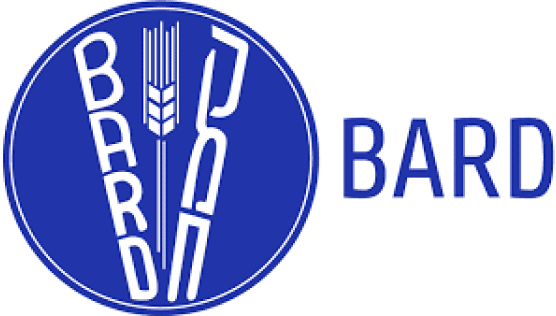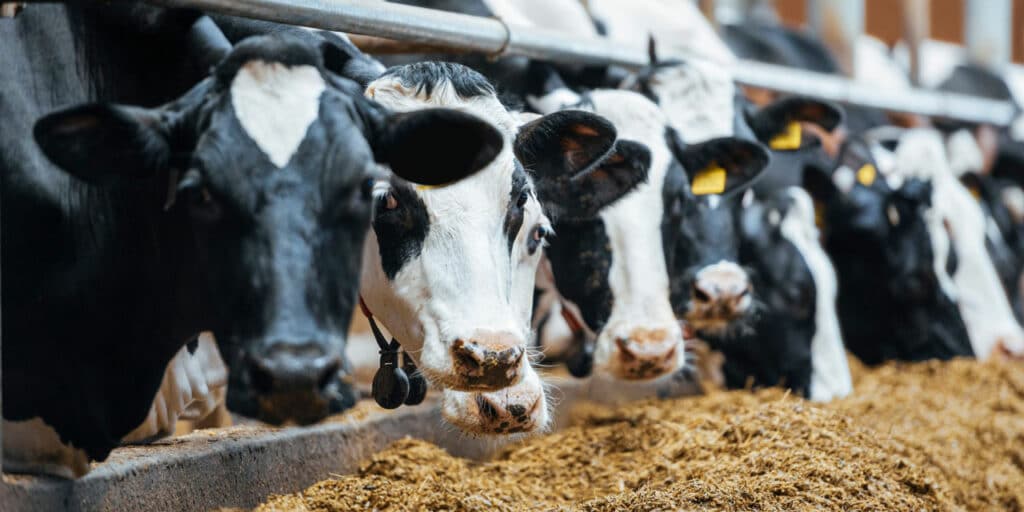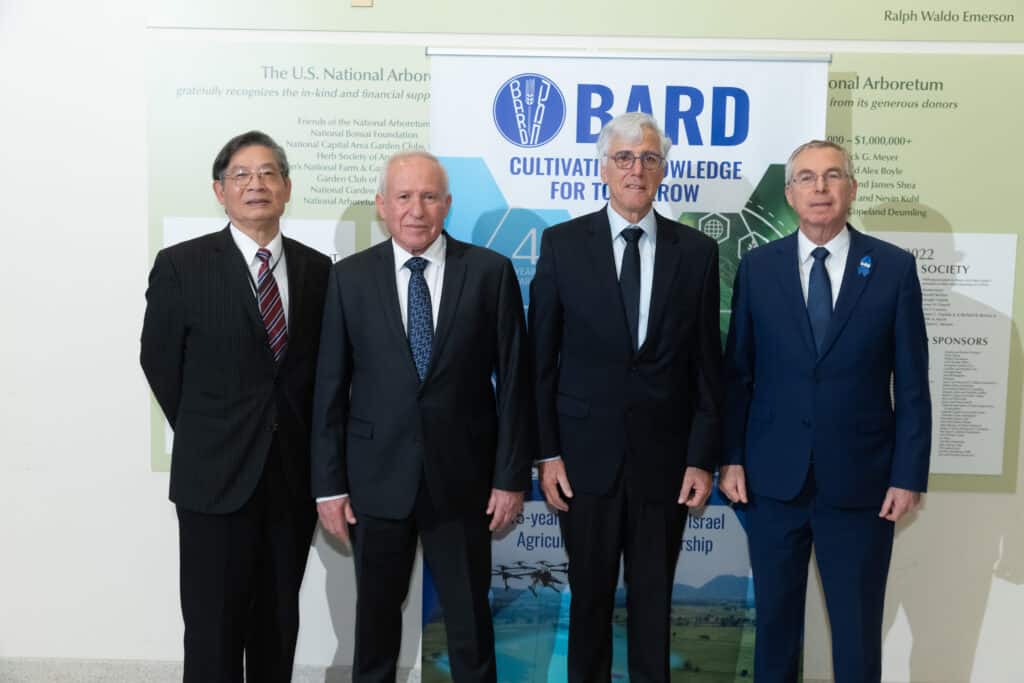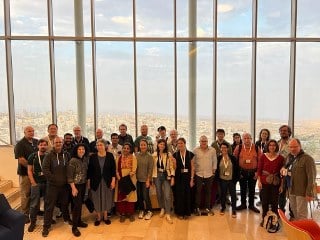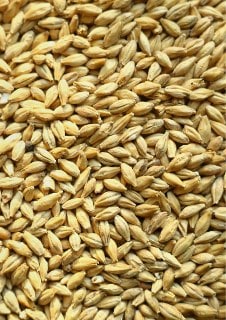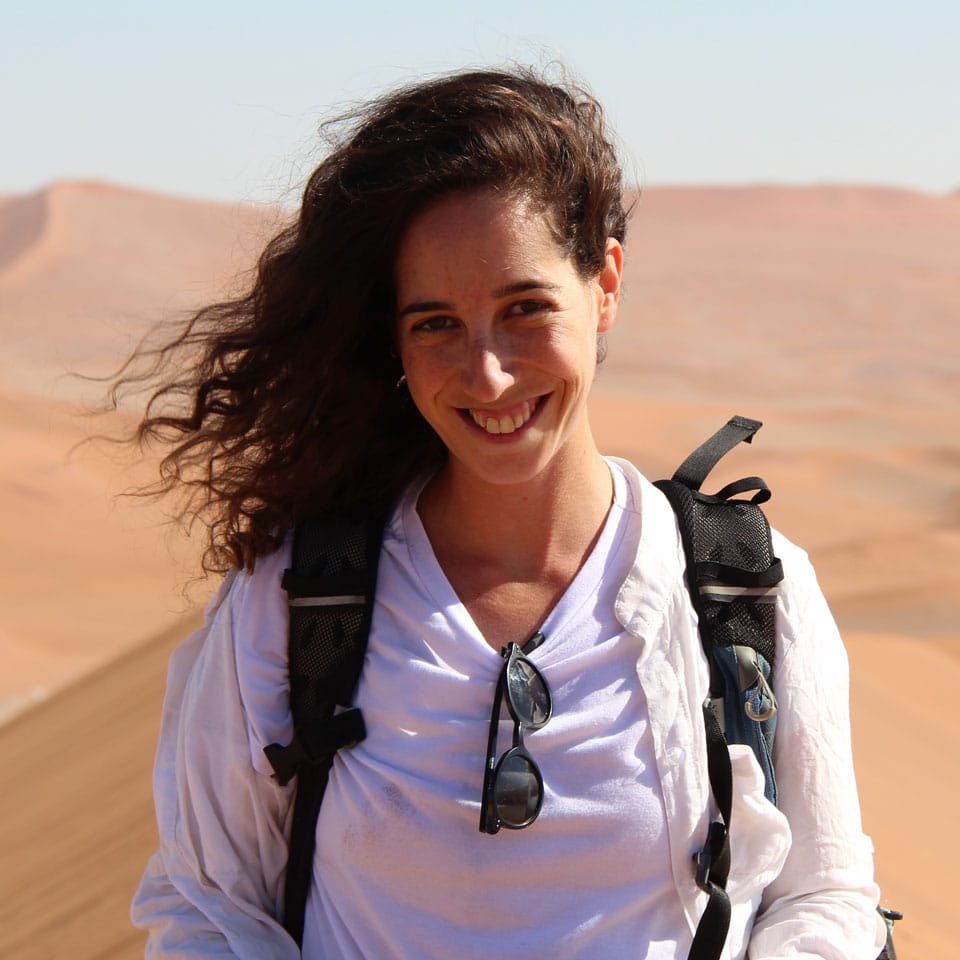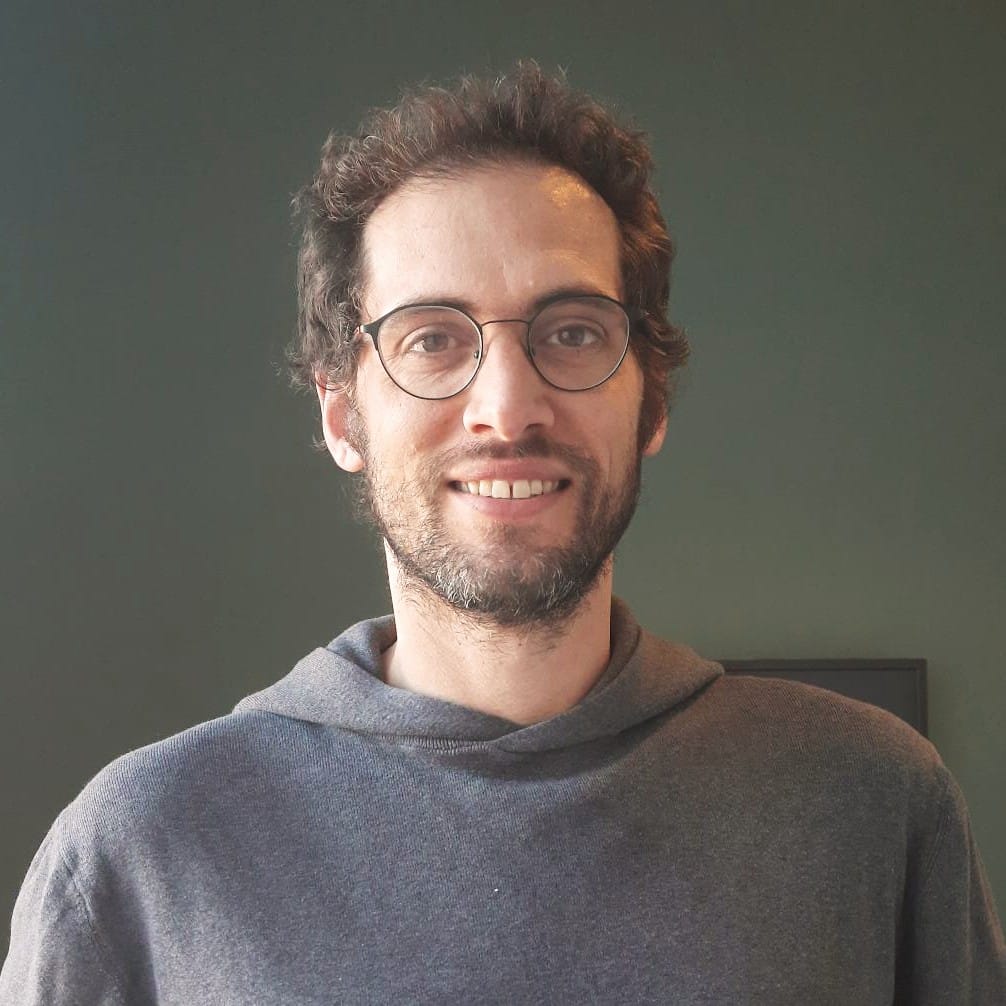As our world faces the growing impact of global warming, the challenges in agriculture are becoming more pronounced. A BARD-funded one-year feasibility study in animal production aims to improve fertility Bovine by developing a practical system of embryo transfer.
Their joint research project, titled “Morphokinetic Selection of Embryos for an Embryo-Transfer System to Improve Summer Fertility of Dairy Cows,” holds promise for the dairy industry, especially in the face of rising temperatures.
1 – Dr. Tatiane Maia presents a demonstration of the MIRI time-lapse incubator and provides an overview of the development of the early bovine embryo.
This video made by Tatiana Maia was prepared because we realized that the time lapse photography incubator allows people to witness how an embryo develops in the first few days of life and that seeing a video like Tatiane’s would be a great way to educate people. We hope the video is used in classrooms and is viewed by everyday people so they have a better understanding of their own biology as well as the biology of cows.
A Crucial Goal: Enhancing Dairy Cow Fertility
The central aim of their study is to develop an innovative system for transferring embryos, helping boost the fertility of lactating dairy cows during the challenging hot months. High temperatures can seriously affect a cow’s ability to conceive and sustain a pregnancy. This is where the technique of embryo transfer steps in.
Embryo transfer has proven effective in overcoming infertility issues exacerbated by warm weather. Recent advancements in technologies like Radio Frequency Identification (RFID) and genomics have enabled scientists to create genetically superior embryos using oocytes from abattoirs.
Simplifying the process for Dairy Farmers
While the potential benefits are clear, the process of embryo transfer has been expensive and technically intricate. Prof. Hansen and Prof. Zvi believe that simplifying this procedure and improving pregnancy rates could ultimately make it more accessible and profitable for dairy farmers during the summer months.
Their suggested solution involves cryopreserving embryos, a method that allows embryos to be produced in bulk, stored in liquid nitrogen, and then transferred at the optimal time into cows. However, embryos produced in the lab have faced challenges in surviving cryopreservation.
Analyzing Embryo Development
To address this issue, the researchers have proposed a method to identify cryopreserved embryos with a superior ability to establish pregnancy after transfer by analysing their morphokinetic properties. They use cutting-edge incubators equipped with time-lapse systems to track the timing and duration of cell divisions and morphological changes as embryos progress from the zygote to the blastocyst stage. This information helps identify embryos more likely to establish a successful pregnancy after transfer.
Coping with Heat Stress
How does this process help cows cope with heat stress? Dr. Peter Hansen explains, “We study how each individual embryo develops, looking at the timing and quality of cell divisions and morphological changes. Our goal is to find specific features of development related to whether an embryo can develop to the blastocyst stage and establish pregnancy after transfer to a cow.”
A promising Future for Dairy Production
Looking ahead, Dr. Hansen envisions a future where embryo transfer becomes a crucial tool in dairy production, allowing for improved genetic selection and higher pregnancy rates during the summer months. “Our goal is to identify markers that allow us to select the best embryos for transfer and to improve the culture systems for embryos, increasing the percentage capable of reaching pregnancy.”
